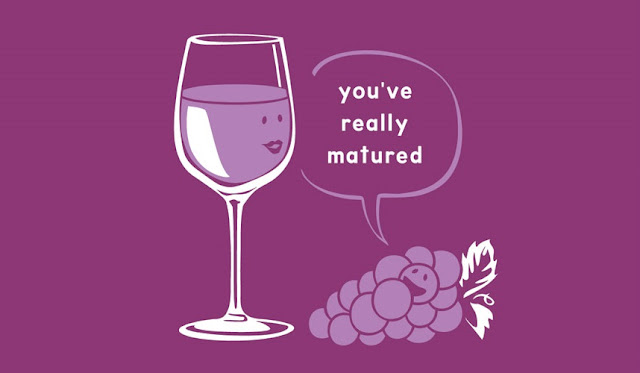There is no shame in saying that as Australians, we love to relax with a drink or two. Beer is an old favorite of ours and we consistently rank in the top 10 internationally in beer consumption per person. But we also love a drop of wine and Australia has some of the best vineyards in the world.
Studies show that moderate consumption of wine provides numerous health benefits, however many are reported to be contaminated with pesticides and in the majority of vineyards areas chemicals are relied upon to bolster the number and quality of grapes.
 |
| Image Courtesy: Pixabay |
This has given rise to a market for organic wines and they are becoming more prevalent and popular. In Australia, organic wine production has risen 120% in the past 3 years. Below we’ve listed some of the benefits that come with drinking organic wine and advantages of choosing it over the alternative.
1. Chemical Free
Organic wine is made with grapes that have grown naturally without the use of pesticides, herbicides and other synthetic chemicals. The grapes are grown in vineyards that could aptly be describes as natural ecosystems, where winemakers use natural methods to deter bugs and pest from having their way with the grapes. This lessens the number of potentially toxic chemicals in your wine.
2. Less Brutal Hangovers
Sulfur dioxide is a preservative present in wine due to the fact that it tends to kill bacteria in the wine. However, it is also responsible for giving you those terrible hangovers that the day after you have a few drinks.
 |
| 123RF Images |
Organic wine contains significantly less sulfur dioxide than the average bottle of wine and half the legal maximum amount. There are a large number of reports that drinking organic wine makes the morning-after much more bearable. However, this depends largely on your sensitivity to sulfur dioxide.
3. Environmentally Friendly
By its very definition, organic wine is created in a completely natural way - using many of the same methods that people of the land used to make wine centuries ago.
 |
| Photo by Stefano Lubiana via Flickr |
Zero chemicals ultimately means the eco-system can go without being significantly altered. For example, organic winemakers will provide alternatives that pests can feed on, meaning they don’t have to find other means, move to a different area or potentially introduce themselves to another foreign ecosystem out of necessity. There are a number of reason why organic food is the greener method of food production. Read more here.
4. Original Taste
Generally speaking, naturally produced goods taste better across the board. Whether its vegetables, meat, eggs or even wine, there’s something pure, earthy and authentic about these foods when they’re produced in a natural way.
 |
| Image Courtesy: Pixabay |
Many people that have turned to organic over conventions have done so purely for this reason, though there are those that prefer what they are used to. Each to their own.
If you haven’t tried organic wine, we’d highly suggest you do! You should be able to find it at most bottle shops and wine sellers. Remember to always look for the label of certification.









